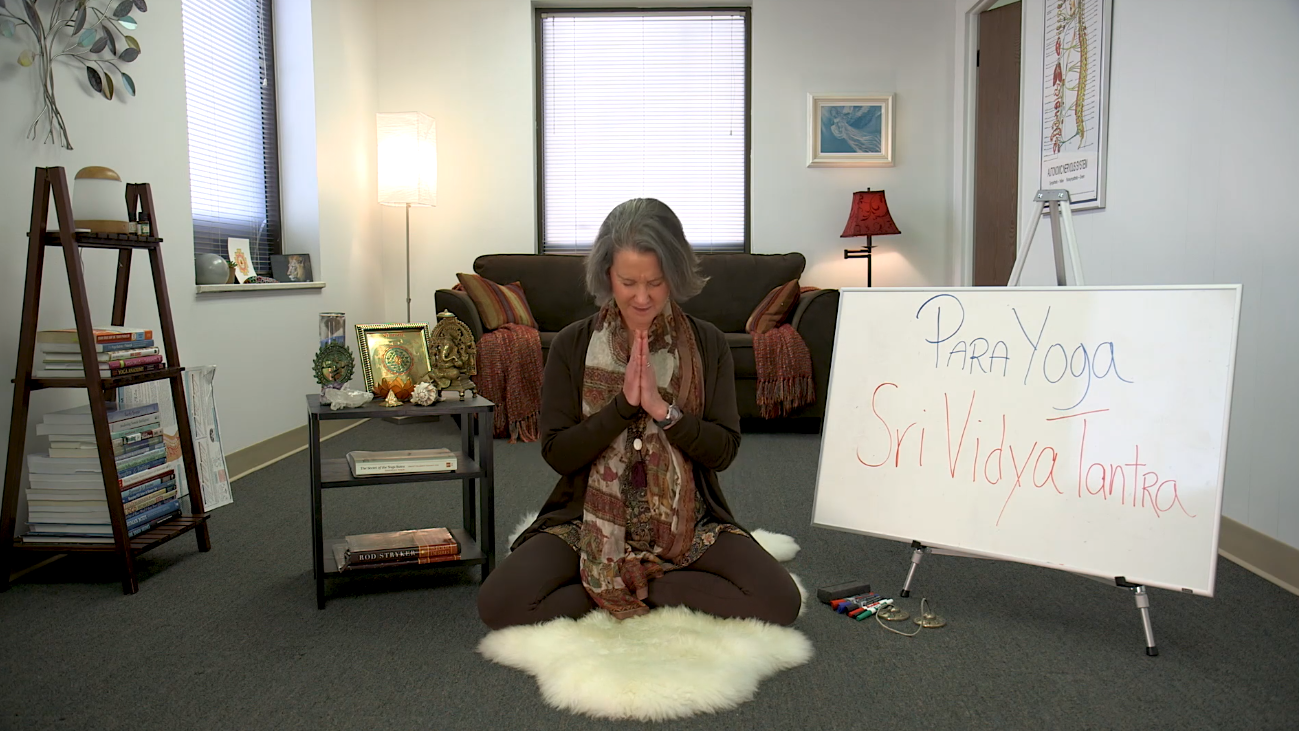Trauma field luminaries such as Peter Levine, PhD and Bessel van der Kolk, MD, among others, concur that trauma is in the body, not in the event – or in the story of the event. Trauma, they propose, is locked in the physiology as incomplete survival responses perpetuating a dysregulation in the autonomic nervous system – long after the event has ended. These processes are operating at the non-cognitive level of the brain stem and limbic systems, encoded in implicit memory as autonomic neurobiological and behavioral responses.
“Traumatic symptoms are not caused by the event itself. They arise when residual energy from the experience is not discharged from the body. This energy remains trapped in the nervous system where it can wreak havoc on our bodies and minds.” Peter Levine, PhD, author of In An Unspoken Voice: How the Body Releases Trauma and Restores Goodness, published in 2010.
“PTSD involves a fundamental dysregulation of arousal modulation at the brain stem level. PTSD patients suffer from baseline autonomic hyper-arousal and lower resting HRV (heart rate variability) compared to controls, suggesting that they have increased sympathetic and decreased parasympathetic tone.” Bessel Van Der Kolk, MD, in remarks at the New York Academy of Sciences, 2006.
Samkhya philosophy, from which Yoga emerges, divides reality into two categories: the knower, pure consciousness (Purusha) and the known, creation (Prakriti). The Gunas are the three forces that underlie all of creation; they are Tamas, or inertia/immobility; Rajas, or activity; Sattva, or essence/balance/clarity/consciousness. The interplay of these forces is the manifest universe, both physical and psychological. The Bhagavad Gita states: “There is nothing on the earth, in heaven, or even among the gods, that is free from these prakriti-born gunas.”
The Polyvagal Theory (PVT) of the autonomic nervous system proposed by Dr. Stephen Porges, professor in the department of psychiatry at the University of North Carolina in Chapel Hill in North Carolina and leading psychophysiological researcher, can be conceptualized as a neurophysiological counterpart to the yogic concept of the gunas.
Porges recognized that the autonomic nervous system responds in a highly sequenced, hierarchical response to environmental stimuli, based on a neural process he calls “neuroception” – an automatic function that evaluates risk and modulates vagal output, triggering or inhibiting defense strategies for survival. He proposed that, in addition to the sympathetic arousal system, there are two vagal motor systems – dorsal vagal (immobility) and ventral vagal (social engagement, emotion and communication) – and that primary emotions are related to autonomic function.
Neuroception, as a process, determines whether specific features in the environment elicit specific physiological states that would support either a dorsal vagal immobilization response (tamas), a sympathetic fight-flight response (rajas), or a ventral-vagal or social engagement response (sattva). Any or all of these branches of the nervous system may become dysfunctional and/or “stuck,” as a result of overwhelming events, creating patterns of cognitive, emotional and behavioral dysregulation.
Porges also re-conceptualized the autonomic nervous system to include target organ, afferent and efferent nerve pathways, and bidirectional communication between the heart and the central nervous system. The nerve fibers of the vagus nerve, which travels from the brainstem to the sacral area, are 80% afferent – meaning that they convey information from the body to the brain. Only 20% of the nerve fibers are efferent, downloading information from brain to body. This means that consciousness is in the body, as well as the brain. In yoga philosophy, consciousness resides even in the smallest atom, so why not in our cells and tissues?
Brain physiology also lines up the brain with the yogic model of the mind. The brain contains evolutionary “layers” that develop as life required new modes of survival: a primordial/instinctual/primitive/”reptilian” brain equaling the yogic version of manas, our instinctual survival mind; the limbic system, primarily the amygdala and hippocampus, lines up with chitta, the storehouse of our memories; the sensory-motor cortex, insula, and anterior cingulate cortex, in their self-referencing functions, may equal asmita/ahamkara, our ego or self-sense of separate “I”; and the most evolved areas of the prefrontal cortex perhaps being the abode of Buddhi, the part of our mind capable of awareness, observation, discernment, attention and planning.
A recent article in Frontiers of Neuroscience, authored by Dr. Porges and researchers in the field of yoga therapy, describe how these two different yet analogous frameworks—one based in neurophysiology and the other in an ancient wisdom tradition—highlight yoga therapy’s promotion of physical, mental and social wellbeing for self-regulation and resilience, creating a “translational framework” joining these two philosophical foundations.
Why is all this important? To see the yoga, or union, between various theories for understanding human consciousness, and behavior, provides us more tools to help those students who come to us seeking to grow and heal mentally, emotionally and spiritually. By having a clearer understanding of the inter-relationship between the gunas and the autonomic nervous system presentations of trauma, one can combine the right set of practices (or therapies) for each unique individual. In such a way, we can maximize the desired effects: whether it is for greater emotional balance, optimal physical health, clearer mental focus, or reaching enlightenment.
By Inge Sengelmann
LEarn More From Inge On OMstars
Inge Sengelmann is a somatic psychotherapist and certified ParaYoga teacher, initiated in the Himalayan Tantric lineage of Sri Vidya. ParaYoga is a living link to the ancient traditions of yoga, meditation, and tantra.
Caplan, M. (2018). Yoga & psyche: integrating the paths of yoga and psychology for healing, transformation and joy. Boulder, CO: Sounds True.
Swami Rama, Ballentine, Ajaya (1976). Yoga & Psychotherapy: The Evolution of Consciousness. Honesdale, PA: Himalayan Institute Press.
Porges, S.W. (2011). The Polyvagal Theory: Neurophysiological Foundations of Emotions, Attachment, Communication and Self-Regulation. New York: W.W. Norton.
Sullivan Marlysa B., Erb Matt, Schmalzl Laura, Moonaz Steffany, Noggle Taylor Jessica, Porges Stephen W. (2018). Yoga Therapy and Polyvagal Theory: The Convergence of Traditional Wisdom and Contemporary Neuroscience for Self-Regulation and Resilience. Frontiers in Human Neuroscience, 12, Article 67. DOI=10.3389/fnhum.2018.00067 https://www.frontiersin.org/article/10.3389/fnhum.2018.00067










